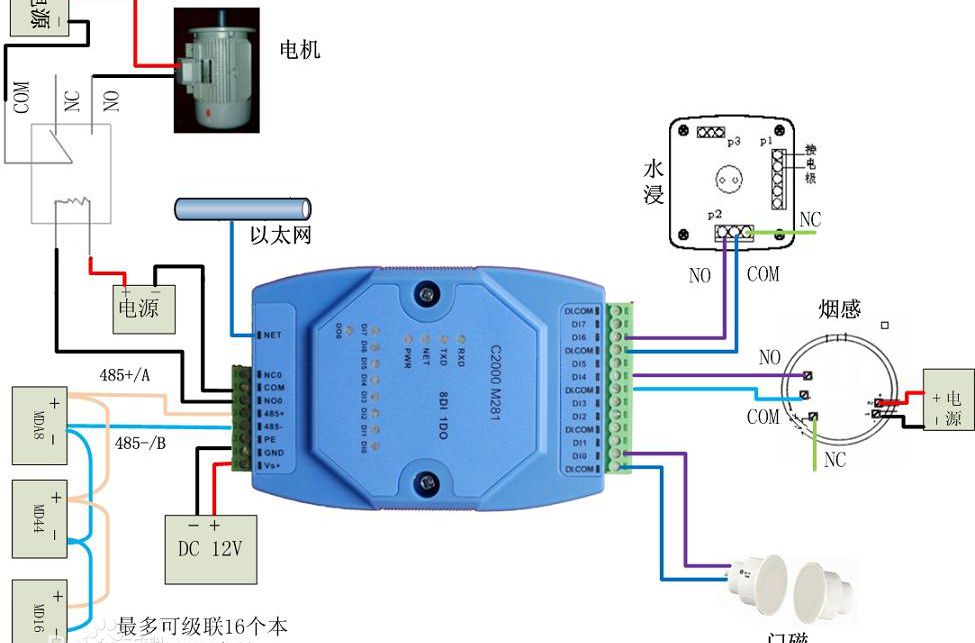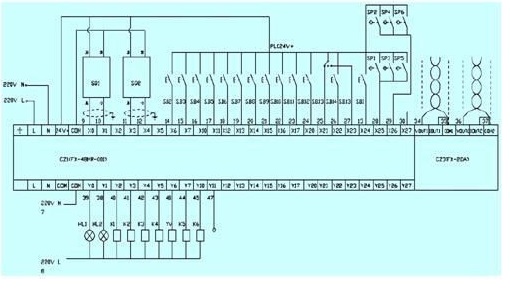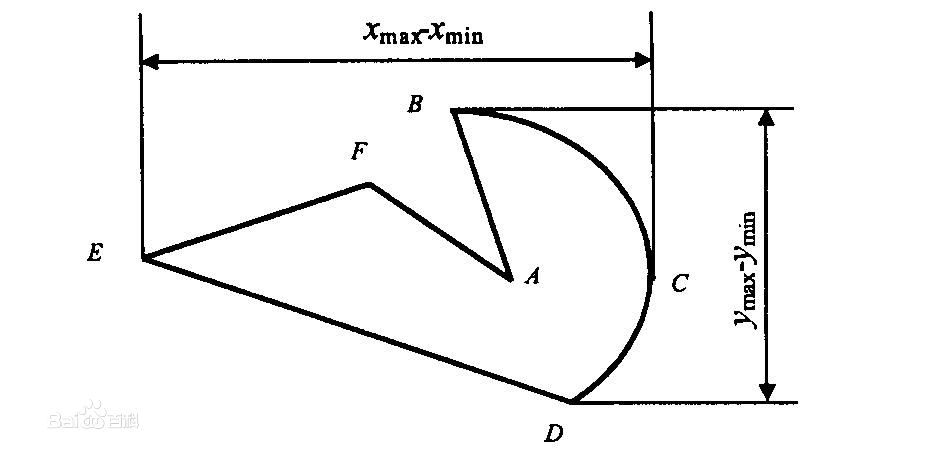Switching quantity: The switch quantity only has two kinds of states, 0, 1, including opening quantity and opening quantity, reflect the state.
Analog: Analog is a continuous quantity, digital quantity is discontinuous. Reflects the power measurement value (such as current, voltage).
Pulse amount: The amount of signal that instantaneously changes from one value to another in voltage or current.

(Switch Academic Chart)
The definition of switching quantity, analog quantity and pulse quantityThe switch quantity is defined as: mainly refers to the opening amount and the opening amount, refers to an auxiliary point brought by a device, for example, the auxiliary point of the relay (transformer over temperature after the transformer) of the transformer thermostat, the valve cam switch With the auxiliary point (post-valve switch),
The auxiliary points (contactor movement after the contactor moves) and the thermal relays (displacement of the thermal relay after the contactor) are usually sent to the PLC or the comprehensive protection device. The power supply is usually provided by the PLC or the comprehensive protection device. Since it does not have a power source, it is called a passive contact, which is also called the opening amount of a PLC or a comprehensive protection device.
The analog quantity is defined as a continuously changing signal both in time and in value.
The most basic digital quantity is 0 and 1. Basically speaking, it refers to the switch's open (0) or closed (1) state.
The switch is passive, that is, it requires the device output power to detect it (this is the amount of the device into the input, such as the non-electrical input of the comprehensive protection device is an externally provided input); can also be used 0 And 1 for encoding, compiled into a variety of communication code.
Analog refers to the voltage, current, frequency and other electrical signals transmitted by PT, CT, etc.; pressure sensors are pressure transmitters, liquid level sensors via liquid level transmitters, flow sensors via flow transmitters, thermocouples or The 4-20mA (Electric III instrument) signal transmitted from the thermocouple through the temperature transmitter is analog.
The comprehensive protection device can detect the power (voltage, current, frequency and other signals transmitted through PT, CT, ie analog) and non-electrical signals (light gas, heavy gas, and over-temperature signals of transformers, ie non-electricity, ie, The opening and closing of the switch)

(Analogue Academic Chart)
The pulse equivalent is the displacement that the positioning control moves when the controller outputs a positioning control pulse. For linear motion, it refers to the distance to move. For circular motion, it refers to the angle of rotation.
Detailed analysis of switching, analog and pulse quantities1. Switching quantity: It is an on-off signal, passive signal, resistance test method is resistance 0 or infinity; it can also be active signal, professional name is step signal, it is 0 or 1, can be understood as pulse quantity, many Switch can be composed of digital quantities.
3, analog: continuous voltage, current and other signal, the analog signal is the amplitude of the continuous change of signal over time, after sampling and quantification is the amount of digital.
4, pulse volume: In the instantaneous voltage or current from one value to another signal value. After quantification, its continuous regular change is a digital quantity. If it changes from 0 to a fixed value and remains constant, it is a switch quantity.

(Pulse volume academic map)
Film Capacitor,Snubber Capacitor,Dc Link Capacitor,High Current Capacitor
XIAN STATE IMPORT & EXPORT CORP. , https://www.shvcomponents.com